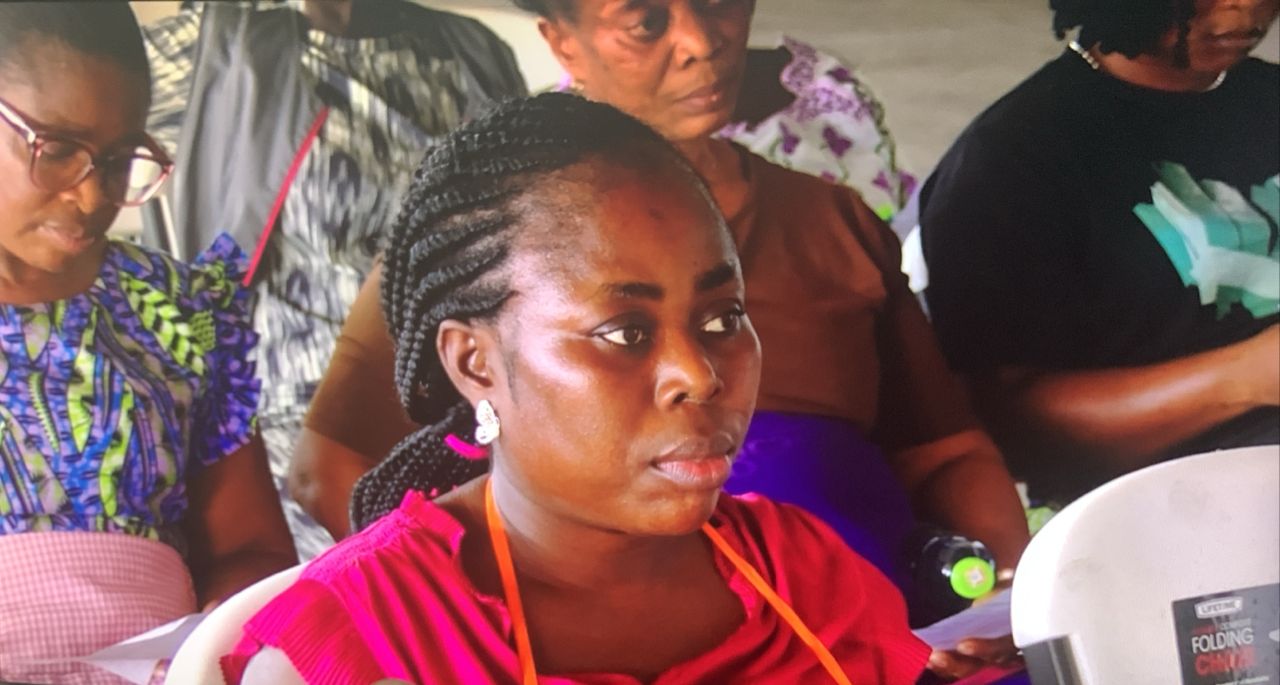Global Times: China's quest to engage Gen Zers through night access and digital magic
, /PRNewswire/ -- As the International Museum Day is just around the corner, the Shanghai Museum announced a challenge to set a world record - launching a "Sleepless Night" mode for On Top of the Pyramid: The Civilization of Ancient Egypt exhibition. The museum invited visitors to participate in a "7×24-hour non-stop" viewing experience, aiming to create a world record for a museum being open continuously for 168 hours.
Shanghai resident Li Qi is already eager to be part of this effort on pushing the limits of the museums.
Li told the Global Times that she had already visited the exhibition, marveling at the 780 precious artifacts from Egypt, including two iconic pieces - a statue of Akhenaten and a painted anthropoid coffin.
However, she decided to revisit the museum again to find a new and unique experience: "A night with the Egyptian pharaohs." This idea grew even stronger after she browsed content on the social media account of Pharaoh Merneptah on Xiaohongshu, or RedNote. The account was newly created by the museum to update the "diary" of the pharaoh and often interacts with netizens in his voice.
This initiative reflects a broader trend: Chinese museums are adapting to Gen Zers' demand for immersive and socially shareable experiences. From high-tech exhibitions to night-time openings, institutions are transforming from static display spaces into dynamic cultural hubs.
Meeting demands
The theme of the 2025 International Museum Day, "The Future of Museums in Rapidly Changing Communities," highlights museums' role in navigating social, technological and environmental shifts.
Zhang Huiguo, a deputy director of Shanxi Museum, emphasizes balancing "change and unchangeably," noting that "upholding integrity while pursuing innovation" is key for Chinese museums. Younger audiences, particularly Gen Zers, seek experiences that blend education with entertainment, prompting museums to diversify engagement strategies.
It's already 11 pm in Nanjing, East China's Jiangsu Province, as a local museum is still bustling with spectators. Young visitors are immersed in a wonderful journey through thousands of years. On a large screen over 100 meters long, the An Era in Jinling, known as "the most representative custom scroll of Nanjing," is brought to life by cutting-edge technology.
Visitors interact with 533 virtual "painting figures," merging history with augmented reality. "Gen Zers value participation and interaction," explains the Deji Art Museum curator Ai Lin.
"Digital tools make ancient heritage vibrant. Different from the old paintings, it now can be felt and touched," said Ai.
Embracing digital innovation
"The paths for museums to attract Gen Zers are diverse. A large number of smart digital means, not only in the venues but also on online platforms, have launched many interactive games for museums. These are attempts to fit young people's habits," Wang Siyu, director of the Center of Archaeology and Art for the General Public, told the Global Times on Wednesday.
Digital technology is a cornerstone of museum transformation. Wang told the Global Times that many museums now employ AI, VR and online interactive games to align with young people's habits.
Southwest China's Sichuan Province will host a Digital Intelligence Art Expo in September, promoting tech-art integration, while Shandong Museum's "Clothing as a Vessel of Ritual" project uses digital reconstruction to decode Ming Dynasty (1368-1644) costumes. Through immersive scenes and Q&A, visitors explore the cultural symbolism of traditional attire, achieving a "youth-oriented expression of heritage."
Recognizing Gen Zers' growing nighttime social activities, museums are extending hours of operation to become urban hotspots. The Deji Art Museum offers year-round night openings, closing at 10:30 pm on weekdays and 3 am on weekends, catering to office workers.
"Flexible operations let us adapt faster. Only by first ensuring exhibitions are well-executed, research is meticulous, and experiences are ultimate, can we proceed to discuss further development," Ai says. Shanghai's 24-hour experiment and similar "wonder nights" nationwide transform museums into venues for socializing and cultural exploration, blending education with nightlife trends.
When museums become must-visit places on the growth path of more and more people, they "must embrace all aspects of human progress of civilization, such as intelligent technological achievements," added Zhang. "They need to engage with social groups in a more positive manner, such as paying greater attention to Gen Zers youth and become more diverse, lively and lovely."
While innovation thrives, Wang highlights the need for feedback mechanisms to better understand young audiences.
Museums must balance creativity with their core mission, integrating youth preferences without compromising academic rigor.
"Museums should leverage digital tools but stay rooted in their collections," he advises. "That will help museums find their future direction in a rapidly changing society and continue to play the role of cultural hubs."
"Just as the 2025 International Museum Day theme says, it has embraced 'sustainable development' as a comprehensive and long-term approach, exploring its possibilities across broader domains such as economy, society and education to achieve more holistic progress," Wang added.
From Shanghai's record-breaking marathon to Nanjing's digital scroll, Chinese museums are rewriting their narrative - accessible, dynamic, and deeply connected to contemporary life. As technology advances and audience insights deepen, these institutions are poised to remain vital cultural anchors, ensuring heritage evolves alongside society.
SOURCE Global Times

![]()
440k+
Newsrooms &
Influencers
![]()
9k+
Digital Media
Outlets
![]()
270k+
Journalists
Opted In












